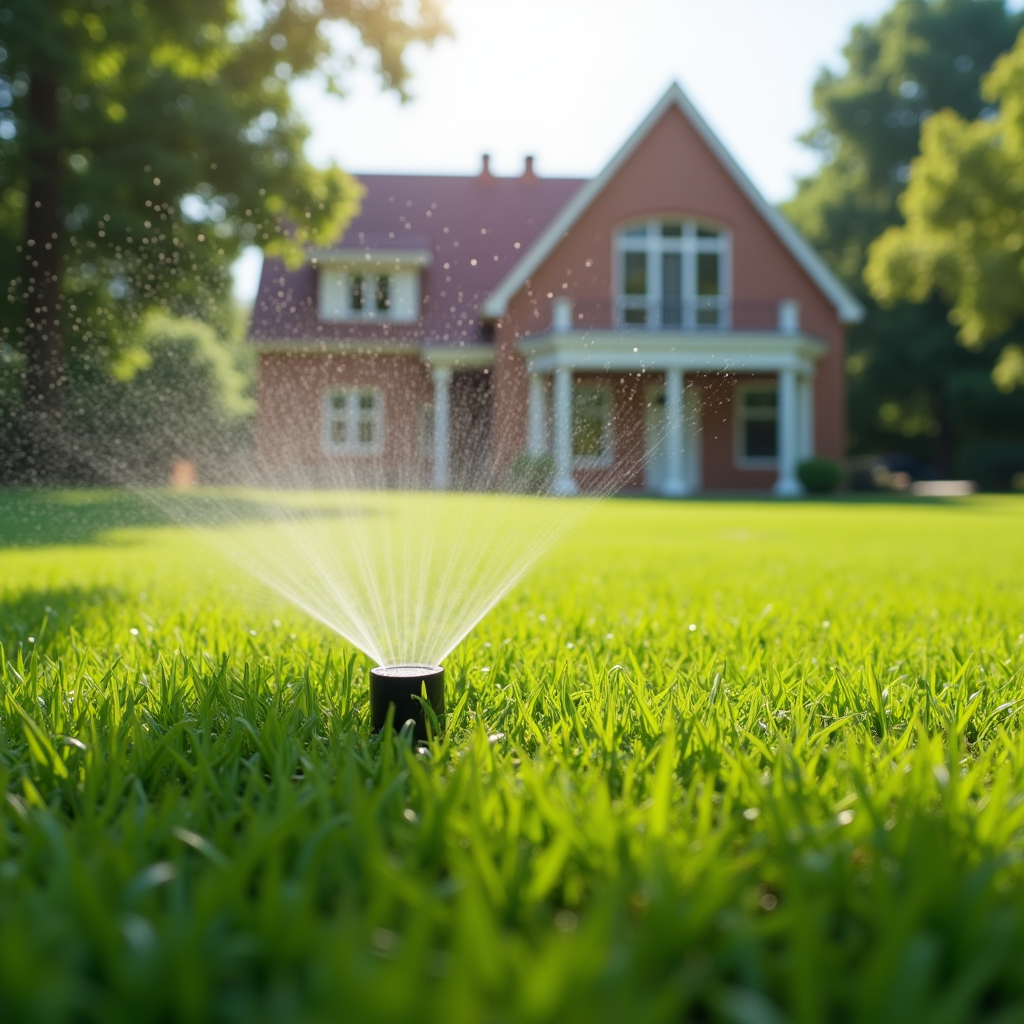Introduction to Landscape Architecture
When we think about urban development, many of us picture towering skyscrapers, bustling streets, and vibrant communities. But what often goes unnoticed is the crucial behind-the-scenes work that landscape architecture plays in shaping our cities. In Greensboro, NC, the integration of landscaping not only enhances the aesthetic appeal but also contributes significantly to sustainability, community well-being, and environmental health.
Landscape architects serve as vital players in designing functional outdoor spaces that balance nature and urban living. They create parks, greenways, and public plazas while considering factors like ecology, social interaction, and cultural identity. Let’s dive into how landscape architecture influences Greensboro's urban development.
The Role of Landscape Architecture in Greensboro’s Urban Development
Landscape architecture is more than just beautifying spaces; it's about creating environments that foster community engagement and ecological health. In Greensboro, the role of landscape architecture can be seen across various developments—from residential neighborhoods to commercial hubs.
Historical Context of Landscaping in Greensboro
Understanding the roots of landscaping in Greensboro helps to appreciate its current significance. The city has a rich history that dates back to its founding in 1808 as a transportation hub. Over time, as Greensboro evolved into a bustling urban center, so did its approach to landscaping.
Early Influences on Urban Landscaping
In its early years, Greensboro’s landscaping was primarily utilitarian—focused on functionality rather than aesthetics. However, as the city grew during the industrial revolution, there was an increasing awareness of the importance of green spaces for public health and community well-being.
Modern Developments in Landscaping Practices
Fast forward to today: modern landscaping practices emphasize sustainability and ecological restoration. Landscape architects are now tasked with not only enhancing visual appeal but also addressing issues like stormwater management and biodiversity.

Key Principles of Landscape Architecture
To effectively contribute to urban development, landscape architects adhere to several core principles:
Sustainability: Designing landscapes that are environmentally friendly. Functionality: Creating spaces that serve multiple purposes—recreation, relaxation, and social interaction. Cultural Relevance: Reflecting local history and culture through design choices. Community Engagement: Involving residents in the planning process to ensure their needs are met.Impact on Community Well-Being
Green spaces play a pivotal role in enhancing mental and physical health among city dwellers.
Psychological Benefits of Green Spaces
Research shows that access to parks and gardens can reduce stress levels significantly. Greenspaces provide a retreat from urban life—a place where people can relax and recharge.
Physical Activity Encouragement
Parks designed with walking trails encourage physical activity among residents. This promotion of an active lifestyle contributes positively to public health initiatives focused on combating obesity and related illnesses.
Ecological Considerations in Urban Design
Landscape architecture isn’t just about aesthetics; it’s deeply rooted in environmental stewardship.
Biodiversity Enhancement Strategies
Greensboro’s landscape architects work tirelessly to incorporate native plants into their designs. Native vegetation supports local wildlife while requiring less maintenance than non-native species.
Stormwater Management Solutions
Properly designed landscapes can mitigate flooding risks by managing stormwater effectively through green roofs or permeable pavements—essential https://backyardbliss4.gumroad.com/p/10-creative-ways-to-use-grass-clippings-in-your-garden elements for sustainable urban planning.
Case Studies: Successful Landscapes in Greensboro
Examining specific projects reveals how effective landscape architecture has shaped Greensboro's urban environment.
The Downtown Greenway Project
A key initiative aimed at connecting various neighborhoods through a continuous greenway system—this project exemplifies how thoughtful design fosters community interaction while promoting eco-friendly transport options like biking or walking.
LeBauer Park: A Community Hub
This park serves as an excellent example of landscape architecture enhancing public space utility by providing areas for recreation, events, and relaxation—all within a beautifully crafted environment featuring both natural elements and artistic installations.
The Future of Landscape Architecture in Greensboro’s Urban Development
Looking ahead, landscape architecture will continue evolving alongside technological advancements and changing societal needs.
Integrating Smart Technology Into Landscaping Designs
Technology can play a significant role in modern landscapes—from smart irrigation systems that conserve water resources to interactive installations designed for educational purposes regarding local flora/fauna.
Addressing Climate Change Through Design Adaptation
As climate change poses new challenges for urban environments like Greensboro, adaptive design becomes crucial. Future projects will need to prioritize resilience against extreme weather events while fostering sustainability through innovative practices such as vertical gardens or rooftop farms.
FAQs About Landscaping in Greensboro
1. What is landscaping? Landscaping involves modifying visible features of land including living elements (flora), natural elements (landforms), abstract elements (light), or human-made features (buildings).
2. How does landscaping enhance property value? Curb appeal created by professional landscaping can increase property values significantly—attracting potential buyers or tenants who appreciate well-maintained outdoor spaces.
3. Can I do my own landscaping? Yes! Many homeowners take pride in DIY landscaping projects; however consulting with professionals ensures optimal design efficiency tailored specifically for your site conditions!
4. What plants are best suited for landscaping in Greensboro? Native plants such as Eastern Redbud or Coneflower thrive well due their ability adaptively respond local climate conditions requiring minimal maintenance!
5 . How does sustainable landscaping differ from traditional methods? Sustainable practices prioritize ecological balance using resources responsibly while minimizing waste unlike conventional approaches which may overlook these aspects leading detrimental impacts over time!
6 . Are there any grants available for community-based landscaping projects? Yes! Several organizations offer funding opportunities specifically focused on improving community green spaces aimed towards enhancing public welfare/environmental stewardship!
Conclusion
The role of landscape architecture in Greensboro's urban development cannot be overstated—it shapes not only how we interact with our environment but also our overall quality of life within bustling city limits! As we witness ongoing transformations throughout this vibrant Southern cityscape—the marriage between nature & infrastructure continues proving essential fostering holistic growth benefiting diverse communities alike ensuring future generations inherit thriving ecosystems amidst concrete jungles!
With dedicated professionals striving towards sustainable solutions whilst actively engaging citizens throughout process—there’s no doubt that exploring possibilities ahead holds exciting potential paving way greener brighter tomorrow right here within heart North Carolina!